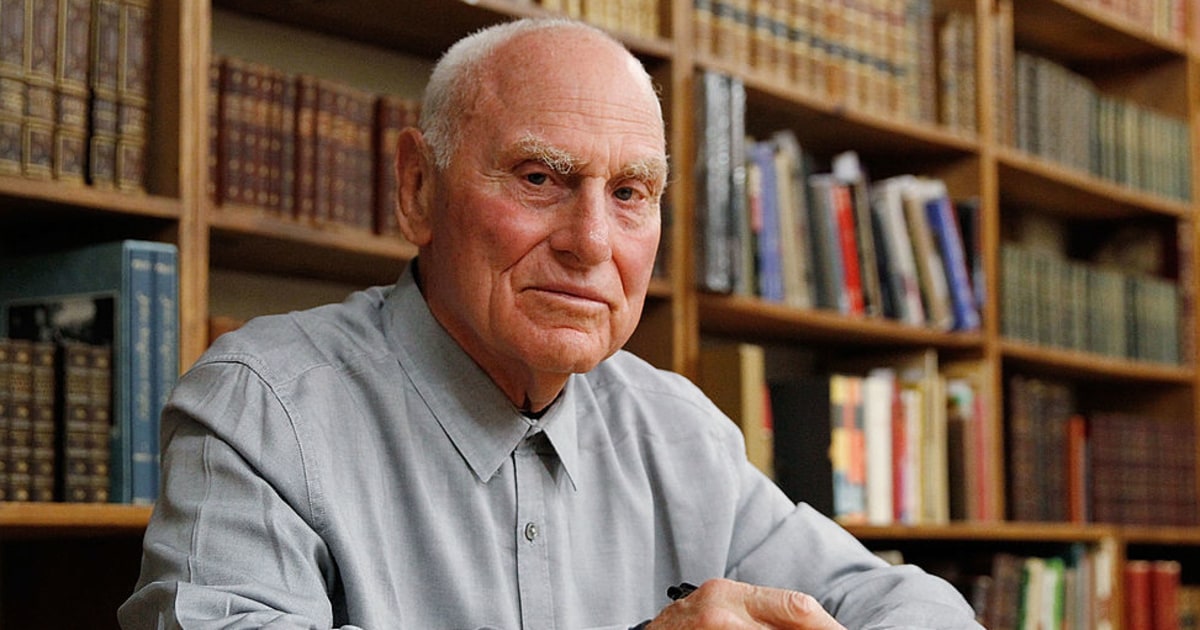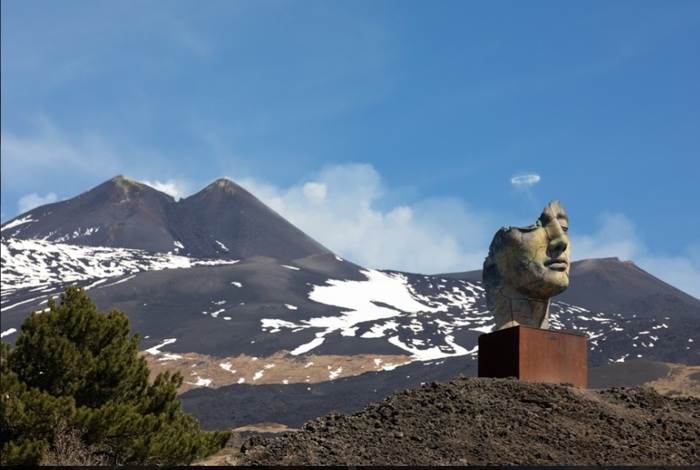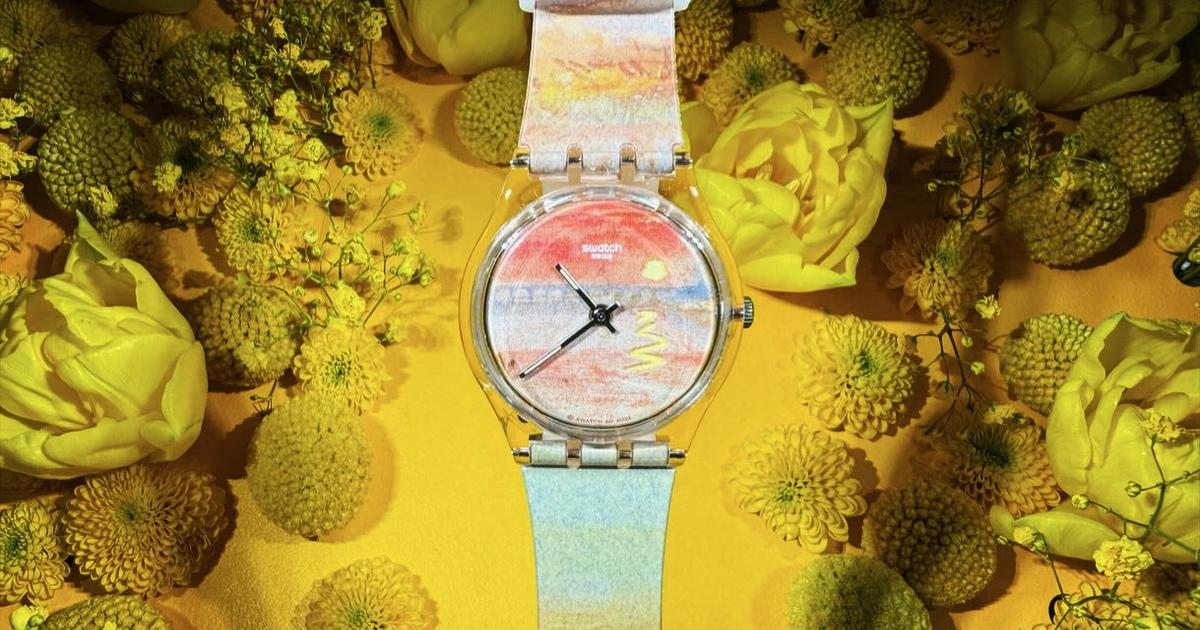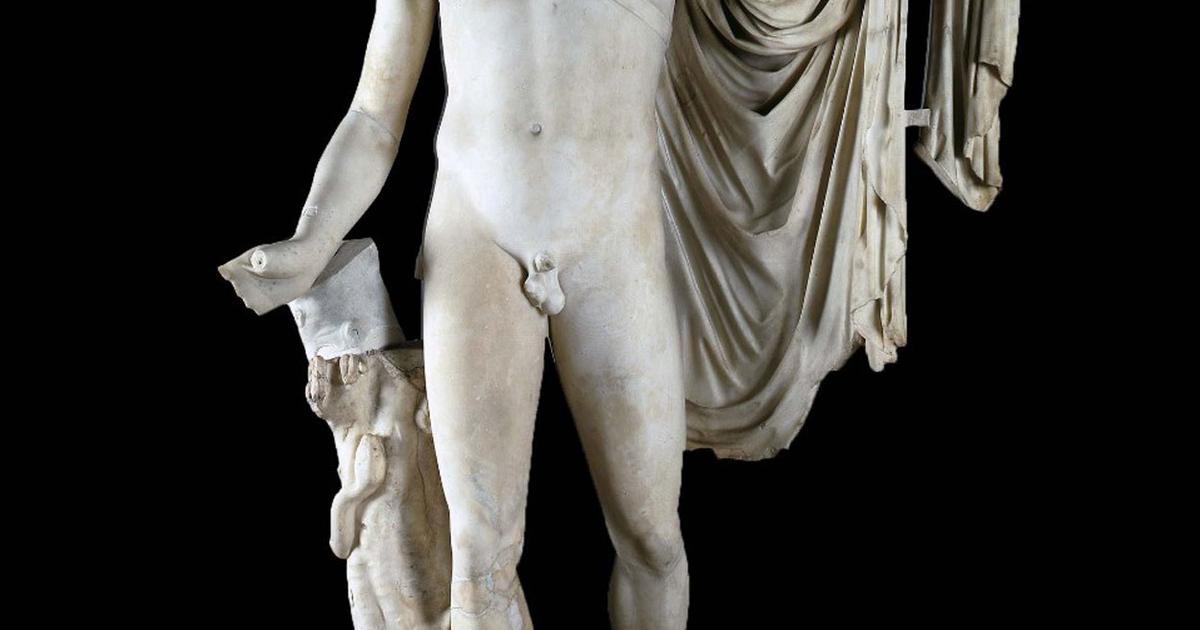As-Suwayda-Sana
During his artistic career, the late plastic artist Fouad Abu Assaf formulated his unique identity that enriched the language of Syrian and international formation, leaving a rich legacy of sculptural and artistic works in a special style, so that his colleagues and friends called him the icon of Syrian basalt.
Abu Assaf, who was absent from death the day before yesterday, enabled him to adapt its harshness with his chisel and tools supported by nourishing his passionate spirit and an inherent talent and intellectual and cultural richness that supported his artistic vision.
The head of the branch of the Union of Fine Artists in Sweida, artist Hamad Azzam, said that the late artist grew up in a toiling environment and made his way by himself until he formed a private school with his unique style of sculpture, and his name shone on the fine art scene locally and internationally, leaving a rich artistic legacy consisting of thousands of artworks, sculptural rolls and studies.
Azzam pointed out that the late artist had a social and human role and extension, and with white hands in his community, and his house contained a large library rich in its intellectual, literary and artistic contents, and many of the aesthetic theories that he translated in his works.
Director of the Institute of Fine and Applied Arts, artist, sculptor Osama Amasha and member of the Executive Office of the Union of Fine Artists, spoke about Ata Abu Assaf in the field of art education through his teaching at the Institute of Applied and Plastic Arts and his supervision of the sculpture department. He was familiar with the curriculum and its development and possessed high knowledge and culture.
Amasha explained that the late artist embraced young talents and helped them make their way to sculpture, as he was keen to pay the fees of many students to ensure the continuation of their artistic career, in addition to his artistic output, which reached 5,000 sculptural works and paper studies of varying shapes, sizes and weights.
The artist, sculptor Anwar Rashid, saw that Abu Assaf's sculptures were characterized by clarity and ease, and that they had shiny surfaces, soft and stable lines, and had a strong expression, especially in the work of longitudinal masks.
According to the plastic artist, sculptor Nashat al-Halabi, the late was repeating the phrase “abundance in quantity that leads to a qualitative change as he worked a lot on an almost daily basis and was distinguished by his expressive style and human characters and the addition of other elements that carry symbolism in their meanings and references, whether it was a legend or a historical fact or in a representation of an incident or Wisdom, indicating that his abundant depth of knowledge helped him produce sculptural works that rise to the international level.
The plastic artist Nidal Khweis pointed out that the late artist was racing against time with determination and rush in the production of his sculptural works. Of persons and faces dominated by the character of holiness, but burdened with the concerns of contemporary reality.
It is noteworthy that the artist Fouad Abu Assaf was born in the village of Saleem in Suwayda in 1966. He graduated from the Sculpture Department of the Faculty of Fine Arts at Damascus University in 1991 and worked as a professor of the Sculpture Department at the Faculty of Fine Arts and has individual exhibitions in addition to his participation in many exhibitions and joint artistic forums within Syria and beyond.
Among the works of the late one is the monument of the student martyr in the Faculty of Law at the University of Damascus with a height of more than 6 meters, which was unveiled by President Bashar al-Assad in 2013, in addition to other works such as a sculpture of the Last Supper, an apple tree, memoirs of a Syrian child, Syrian Sisyphus, a grain of wheat, Leda, goose, Rosa, and flint, as well as a sculpture The Syrian woman who decorates one of the province's squares.
Ghassan Khiou









